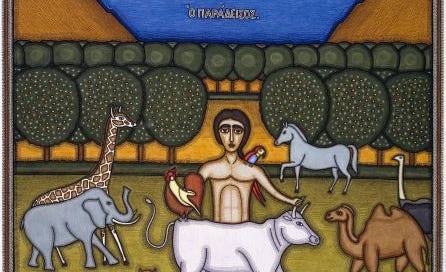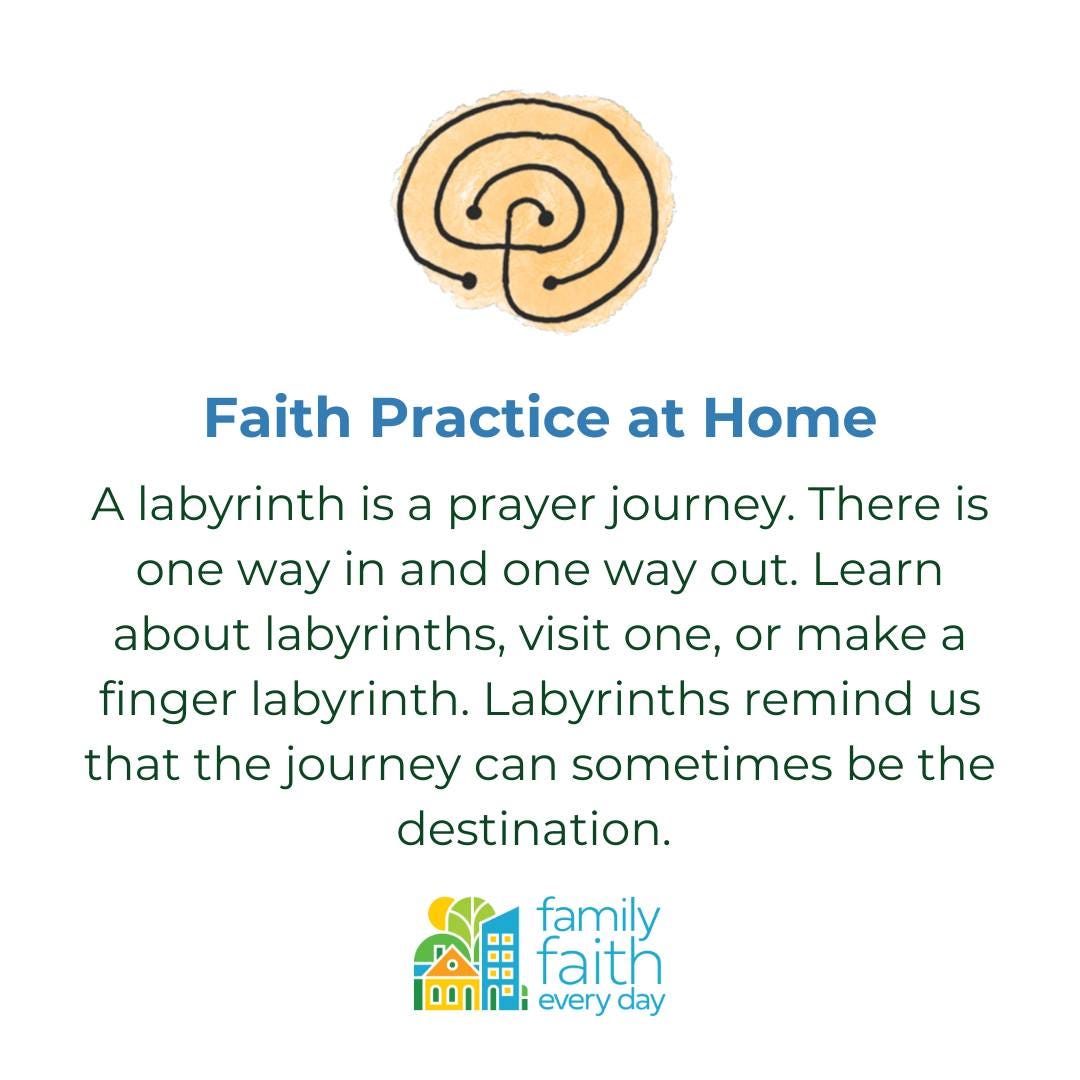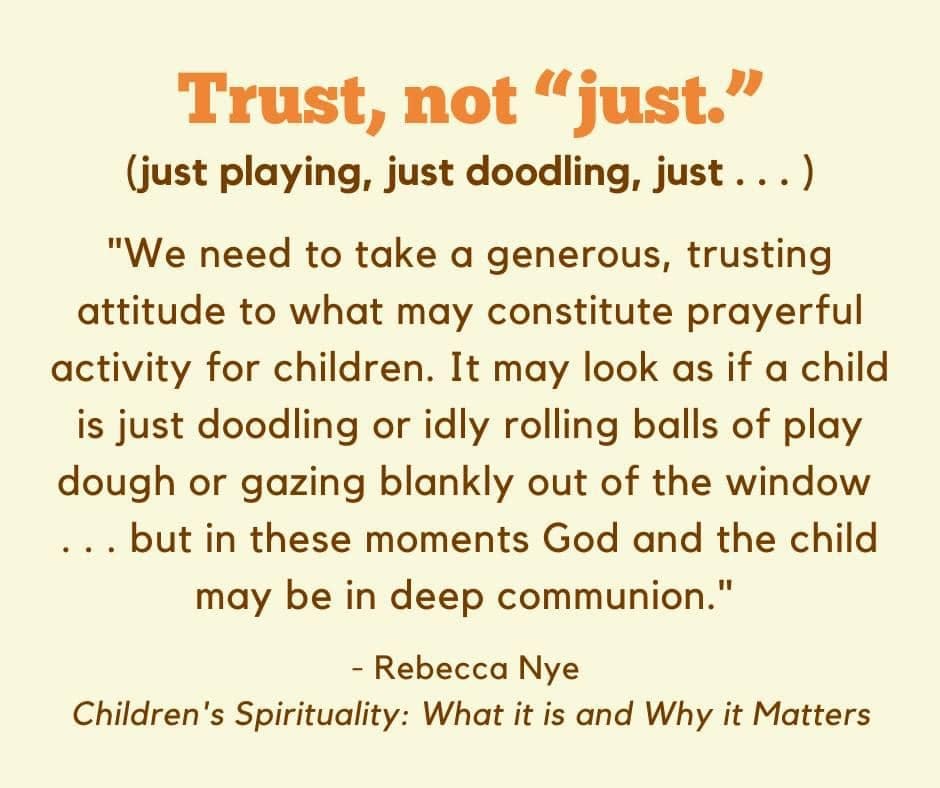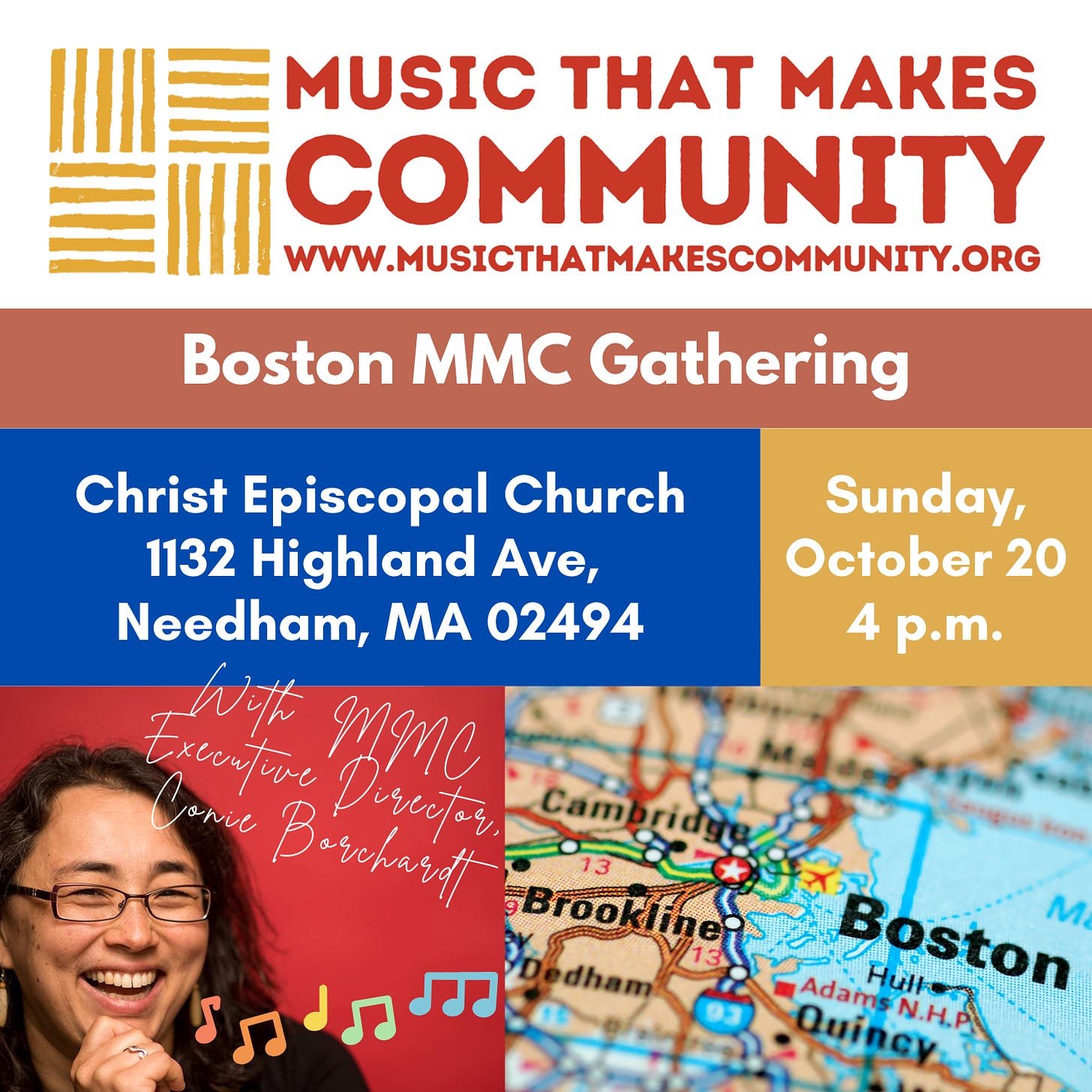Dear Friends,
On the first classroom day of our program year, I got to introduce some of my older (grades 4-6) children to their new classroom. It’s essentially a more advanced Godly Play space, but it’s also built with a deep respect and passion for supporting older children who want to learn how to use a Bible effectively. And so, our course of action that morning was to bring those two pieces together: to tell a core Godly Play story – Creation – and then to turn to the Bibles they had so proudly come into the room carrying, Bibles they had selected on the basis of their own interests and exploration the previous year. There, we turned to Genesis 2-3.
I often talk about how much I get to use my background in disability studies in my work, but even though that was my subfield specialization, it was not where my graduate work was housed. Rather, formally what I have an MA in Women’s, Gender, and Sexuality Studies, and sometimes I am forced to contend with just how useful that degree is as someone who has found a calling in ministry.
This coming Sunday’s RCL readings, which include part of Genesis 2 (on Track 2), certainly pull on all those strings.
Before Adam & Eve
I have a deep appreciation for the fact that the Godly Play program prioritizes the First Creation, the seven day “God said…and it was good” version. We are shown how all of these different aspects of the world are gifts and how we, too, are gifts, unique, and made in the image of God. This is very different from the somewhat salacious Adam and Eve naked in the garden being tempted by a snake version that is the first thing so many of us were taught as children. Adam and Eve and sin as page one of our faith lives.
What was it like, then, to crack open Genesis 2-3 with these young people? Unsurprisingly, from my corner of the deep blue Boston suburbs, they were rather taken aback by a lot of it, including the part that will be read aloud in many of our churches this Sunday, and then expanded by subsequent passages.
“Then the man said,
“This at last is bone of my bones
and flesh of my flesh;this one shall be called Woman,
for out of Man this one was taken.”
Therefore a man leaves his father and his mother and clings to his wife, and they become one flesh.”
While Genesis 1 tells us that God made people in God’s image, Genesis 2 tells us that God created man – and when the rest of creation failed to be an appropriate help to that man, God dug into God’s own creation, scrounged around for spare parts in a sense, and threw together a final option to satisfy that first, dominant creature.
Adam names the animals, and then, after a deep anesthetizing sleep, names the woman, too.
Now, to be fair to the various translations, man is described as clinging to the woman in the union of marriage, and that through marriage man and woman become one flesh – but Eve was already made from Adam’s flesh, right? It’s a convoluted situation, but either way it’s a lot messier of a starting point for gendered relationships than the broad sense of all humans being made in God’s image.
Plenty of Sunday school worksheet lessons will skip the bit about Eve being made from Adam’s rib, but most take children into Eden to encounter the Tree of the Knowledge of Good and Evil, the serpent, the fall – and the embodied shame that comes with self-awareness. Seen through the lens of the two creation stories in Genesis, common theological choices become clear; we can usher children into a view of their God-given-and-God-reflecting goodness, or we can introduce them to a God of prohibition, broken relationship, and shame.
Then again, the deeply shame-ridden patriarchal society we live in makes it easy to choose the latter version. We choose to reify the brokenness created by sin, rather than looking towards the goodness of God.
Both the Genesis 1 creation and the Genesis 2 creation can claim to be Biblical and they don’t correspond, so in that way we are forced to tell only one to young children, so let’s interrogate those choices. It was interesting for these older children to explore the differences between these two iterations when encountered with firm roots in Genesis 1 from Godly Play. And yet, so many people choose to start with Genesis 2. What would change if we chose the other story, if we chose to begin our own stories with the knowledge that we are made in the image of God?
And, looking at the current arrangement of the lectionary, how does choosing to start with Genesis 1 and prioritizing that message while reading Genesis 2 change how we understand Jesus’s rehashing of that passage to some Pharisees?
The work of the law is many things. It can adjudicate divorces, yes. It can determine appropriate reparations for harm. But the law cannot create disunity where there has been and always will be communion. I don’t think Jesus actually cares terribly much about the propriety of divorce when he tells both Pharisees and one of his disciples that regardless of the law, all remarriage is adultery. Rather, all breaking of relationship, all breaking of our shared responsibility to each other, is sin. And, as it turns out, that’s also a much more useful message for all of us – including children.
So, now what?
If you are with children in the pews this Sunday listening to this reading from Genesis, the task is not to say that woman wasn’t taken from man’s rib in this telling, but perhaps to shift the emphasis. Consider the first line of the reading:
The Lord God said, “It is not good that the man should be alone; I will make him a helper as his partner.”
It is not good that any of us is alone, and that’s not about marriage or romance. We are meant to be in community. God wanted Adam to have more than a wife. God wanted Adam, who had dominion over the animals, to have someone who would be alongside them. I love my cats, but let’s be clear that when I’m the only person in the house, I’m still home alone, despite these five fuzzy and sometimes very annoying bodies. And, even as an introverted autistic person, I require connection and community. I thrive in collaboration with friends and family and colleagues.
So let us reiterate - it was not good that the man was alone. So, I wonder how he felt when he woke from that strange sleep and saw another person? I wonder whose creation you are especially thankful for?
And when Jesus turns to this same passage in the Gospel, speaking against divorce, we must consider what marriage meant in his context. Widows were cared for, but divorce was a fracturing of community. It was a risk of being disgraced and alone. And it is not good for people to be alone. But we – we are good. We are very good. God says so.
On Disaster
I want to acknowledge the deep distress that many of us are experiencing for our family and friends in the wake of Hurricane Helene. I’m currently trying to confirm the safety of one of my dear college friends and her partner in the Asheville area myself. And, in the face of disaster, I also know how it is often an opportunity for us to come close to our best selves. I say this specifically remembering the consequences of Hurricane Sandy in my own home community about a decade ago now.
With all that in mind, I think there’s a lot about talking to children about natural disasters that’s quite similar to talking about gun violence, which I’ve written about before. Find out what they know, first. Be mindful of your own response and demeanor – children take their cues from the adults in their lives. And, in whatever way possible, find concrete ways to help – and that can look both immediate (right now, that largely means financial support) and long-term planning and connections.
Kayla Craig has also offered us a beautiful prayer for after natural disasters.
I want to tell you about what the most moving example of ongoing support looked like as a collaboration between denominations and regions after Hurricane Sandy, which may be helpful to your community’s long-term thinking.
My childhood church was on largely dry ground after the storm; the North Shore of Staten Island is higher ground and after a few days without power, it became a center for donation management and outreach. We became the local center of the ELCA Disaster Relief Fund at that time. But once the immediate devastation ended, the rebuilding needed to begin – and this is when I got to witness something remarkable.
Over multiple years, young people coordinated through the Southern Baptist North American Mission Board would come to Staten Island (as well as other parts of NY and NJ) to work on repairs. But where do you house huge numbers of out of state volunteers? In this case, huge tents in the large grassy back lot behind my family’s church. We had a huge kitchen and gym where they could eat. Often, they were camped out in cold weather while doing hard physical labor. It was deeply moving.
I am the first person to emphasize service close to home before heading into more distant communities, but sometimes there is bigger work at hand. You can feed the hungry close to home and also coordinate with larger disaster relief groups to be where help is needed when the time comes. And big projects take time to plan. With youth communities that want to help, you can already begin exploring what that will look like when the waters recede.
Resource Roundup
What’s new this week?
If you’re familiar with Meredith Miller’s work in general, or specifically her Great Big Bible Walk Through materials, then you should get excited because she’s released the preschool edition of her Old Testament materials. This is such a great option for home-based faith conversations and Meredith really makes her work so affordable.
I recently learned that one of my good friends, colleagues, and readers didn’t know about the World Wide Labyrinth Locator! It’s very detailed and actually one of my favorite things. As the weather cools around the US, now might be a great time to look up some nearby labyrinths and pay them a visit. (Or for my handful of southern hemisphere readers, as the weather warms up!)
You might pair these visits with home art projects about labyrinths, looking at pictures of famous labyrinths around the world, and a wider exploration of the nature of pilgrimage and prayer in different age-appropriate ways.The same fabulous colleague who is just discovering the joys of the World Wide Labyrinth Locator is also currently sharing some fantastic wisdom from her years of formation work over at the Faith & Play (Quaker Godly Play extension). I particularly love this graphic she’s put together from Rebecca Nye’s work – it’s such an essential reminder. (Sorry I’m just reading your FB, Melinda.)
The Center for Faith and Children is launching new Empowering Families for Discipleship cohorts designed for ministry leaders. Starting in 2025, the program will include 4 large group meetings and 3 individual coaching/consulting sessions all supported by CFC staff. If you’re looking to make wider collegial connections and build up your professional toolbox, this could be a great option.
A regional highlight for my New England readers! Conie Borschardt, ED of Music that Makes Community, has so many stops and workshops in the northeast over the course of October, including an afternoon community sing hosted at my home parish. Come sing with us – MMC has been such an enriching part of my faith life and a useful tool in my back pocket for different pieces of programming.
That’s all for now. We may skip next week’s letter – I’ll be traveling to be with my fellow Godly Play trainers over the weekend so things are a little topsy turvy. But please send me pictures of your animals being blessed for the Feast of St. Francis! My stuffed office cat is currently keeping my rector company while awaiting Sunday’s festivities.
Peace,
Bird







